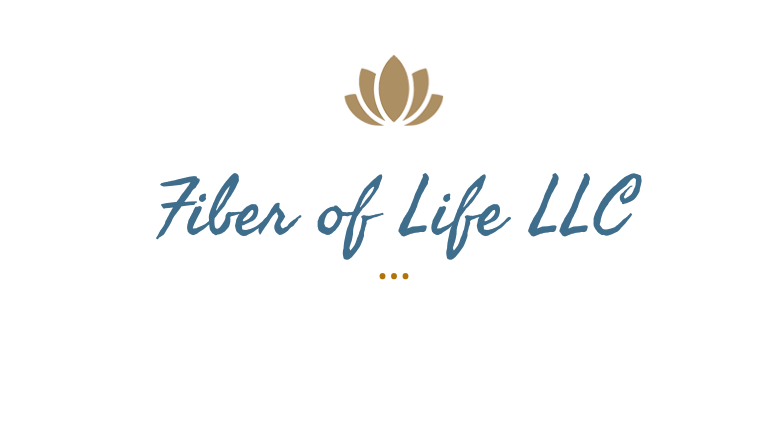
Active Recovery: Not Just For Athletes
"I have learnt that rest and recovery is your friend. Pushing through injuries just makes everything so much worse off and you end up needing more time off further down the line if you push through it. You only have one body, and you need to care of it because you ain’t getting a new one."
Courteney Lowe, professional road cyclist
As an active kid, I remember getting frustrated when my coaches (baseball, soccer, gymnastics & ballet) made us take time before and after practice to warm up and cool down (recovery). I always wanted to get on to the main part of the program, the fun part.
In high school, the more structured activities required a higher level of performance putting me more at risk for injuries. That was when I began to appreciate those few minutes of time that we spent with slow gentle movements designed to prepare the body for the stress of performing.
Why Athletic Recovery is For Everyone, Not Just Athletes
Have you ever felt sore and tired after a workout? Or maybe you’ve experienced muscle aches and pains after a long day of physical activity? If so, you’re not alone. Even if you’re not an athlete, your body still needs time to recover from physical exertion.
Athletic recovery is the process of allowing your body to heal and repair itself after exercise. It’s important for everyone, regardless of their fitness level or activity level. When you invest a little time in recovery, you perform at your best, reduce your risk of injury, and improve your overall health and well-being.
Why Everyone Needs Athletic Recovery
Even moderate activity can cause muscle damage and fatigue. Additionally, the stresses of daily life can also take a toll on your body.
Here are some reasons why non-athletes can benefit from athletic recovery:
- Desk jobs: Sitting for long periods of time can lead to muscle tightness and pain, as well as poor circulation. Athletic recovery techniques can help to improve flexibility, reduce pain, and boost energy levels.
- Standing for long periods of time: Standing for long periods of time can also lead to muscle fatigue and pain. Athletic recovery techniques can help to reduce muscle soreness and improve circulation.
- Physically demanding jobs: People who have physically demanding jobs, such as construction workers and nurses, are at risk of injuries. Athletic recovery techniques can help to prevent injuries and promote faster recovery.
- Overweight or obesity: Excess weight can put additional stress on the muscles and joints. Athletic recovery techniques can help to reduce muscle soreness and fatigue, and improve range of motion.
- Chronic health conditions: People with chronic health conditions, such as arthritis and osteoporosis, are also at risk of injuries. Athletic recovery techniques can help to reduce pain and improve function.
- Pregnant women and new moms. Pregnancy and childbirth can put a lot of stress on the body. Athletic recovery can help pregnant women and new moms to recover from childbirth and improve their physical
Why You Should Care
Athletic recovery is the process of allowing the body to repair and rebuild itself after strenuous activity. It is an essential part of any training program, and it is important for athletes of all levels, from beginners to professionals. However, athletic recovery is not just for athletes. It is important for everyone, regardless of their activity level.
There are many benefits to athletic recovery. It can help to:
- Reduce muscle soreness and fatigue
- Improve range of motion and flexibility
- Prevent injuries
- Enhance performance
- Boost energy levels
- Improve mood and mental well-being
- Promote better sleep
In short, athletic recovery can help you to feel and function at your best.
Athletic Recovery Techniques
There are many different athletic recovery techniques that you can use. Some of the most common techniques include:
- Rest: Rest is one of the most important aspects of athletic recovery. It allows the body to repair and rebuild itself. After a strenuous workout, it is important to take a day or two of rest.
- Active recovery: Active recovery is a type of light exercise that can help to improve blood circulation and remove waste products from the muscles. Examples include walking, swimming, and biking.
- Stretching: Stretching helps to improve flexibility and range of motion. It is important to stretch both before and after workouts.
- Foam rolling: Foam rolling is a type of self-massage that can help to release muscle tension and reduce soreness.
- Massage: Massage is another tool that can help to reduce muscle soreness and improve flexibility.
- Ice baths: Ice baths can help to reduce inflammation and pain.
- Compression: Compression garments can help to reduce swelling and improve blood circulation.
- Nutrition: Eating a healthy diet is essential for athletic recovery. It is important to consume plenty of protein, carbohydrates, and healthy fats.
- Sleep: Sleep is essential for overall health and well-being. It is important to get 7-8 hours of sleep per night.
How to Create an Athletic Recovery Plan
If you are new to athletic recovery, it is important to create a plan. Here are some tips:
- Start small: If you are not used to recovery, start with a few simple techniques, such as rest, stretching, and foam rolling. Once you have gotten used to these techniques, you can add more advanced techniques, such as massage and ice baths.
- Listen to your body: It is important to listen to your body and rest when you need to. If you are feeling pain, stop the activity and rest.
- Be consistent: The key to athletic recovery is consistency. Make sure to engage in athletic recovery techniques on a regular basis, even if you are not training for a specific event
Your Next Steps
Recovery is for everyone, regardless of their fitness level. Whether you’re a professional athlete or a weekend warrior, everyone can benefit. If you are not already using these techniques, start today. You will be glad you did.
If you’re new to fitness, start slowly and gradually increase the intensity and duration of your workouts. And be sure to take rest days and active recovery days.
If you’re an experienced athlete, make sure to listen to your body and take rest days when needed. And don’t forget to eat a healthy diet and stay hydrated.
Last Thoughts
Athletic recovery is an important part of a healthy lifestyle. It can help you to feel and function at your best, regardless of your activity level.
So, join us at RESTORE, our experts will help you begin to chart your journey. Our team is committed to your well-being. Remember, you have the power to take charge of your health and wellness.
Pam

As the chill of winter settles in, do you find yourself pushing harder, ignoring your body’s signals to slow down?

Let’s talk dreams – those visions you shelved while you were climbing career ladders or pushing boundaries in male-dominated industries

Picture yourself holding a brush, poised to redefine the very essence of your life’s next great work: retirement.

